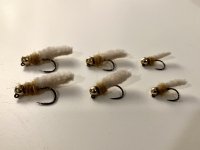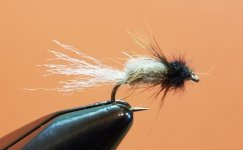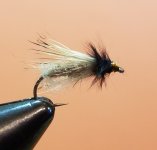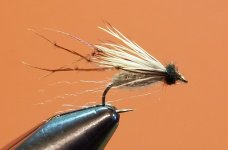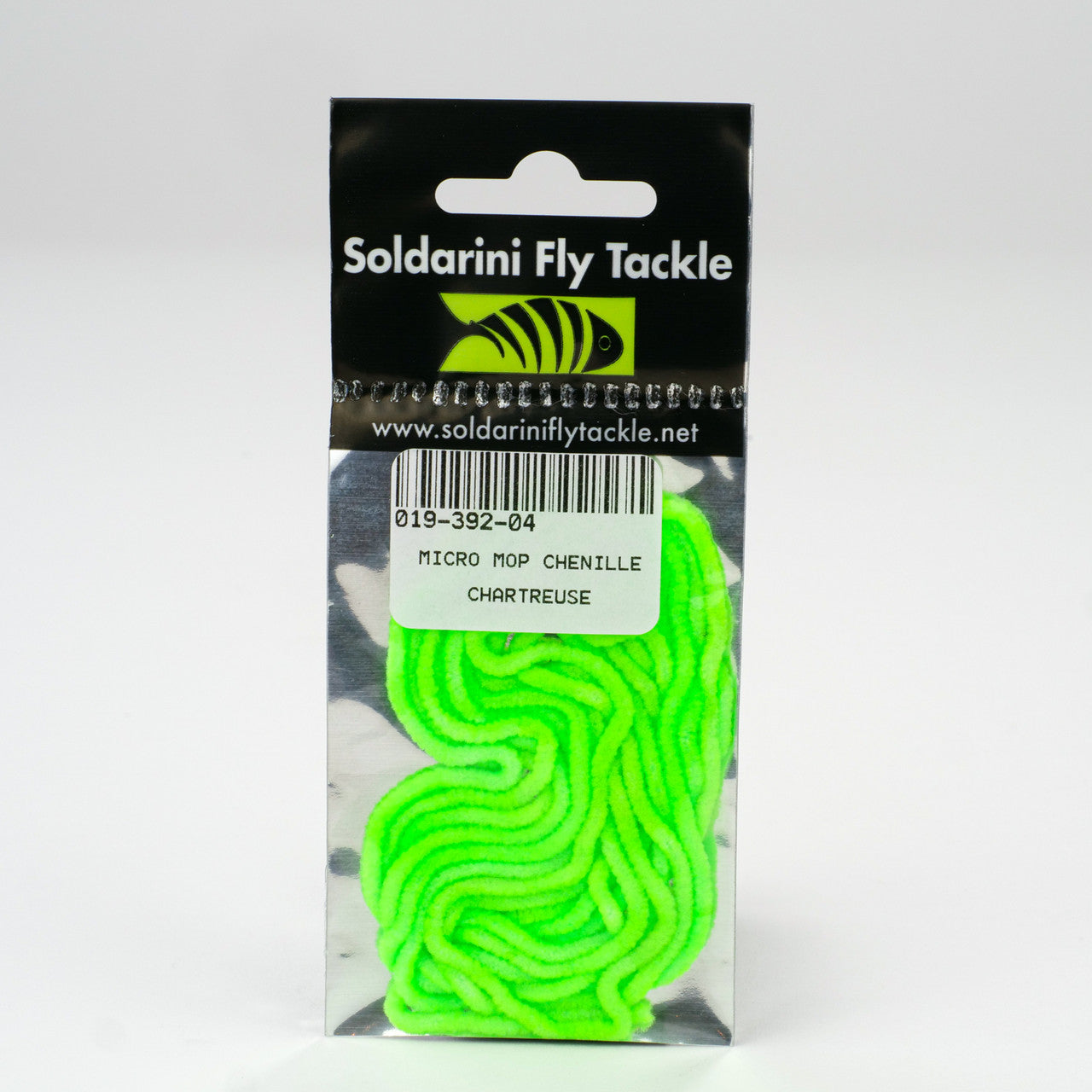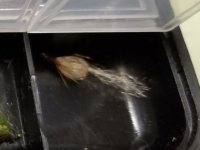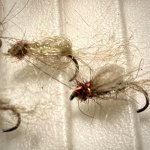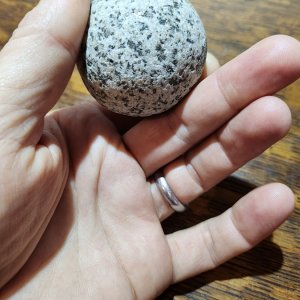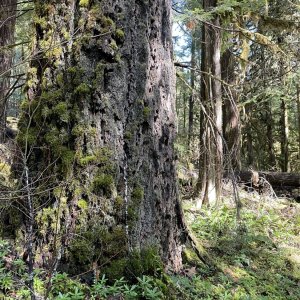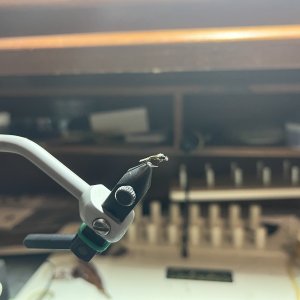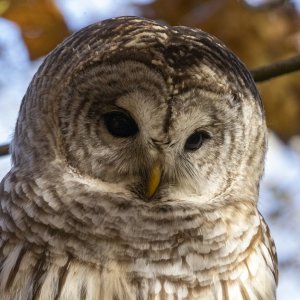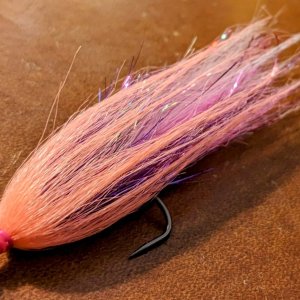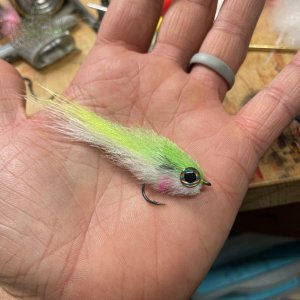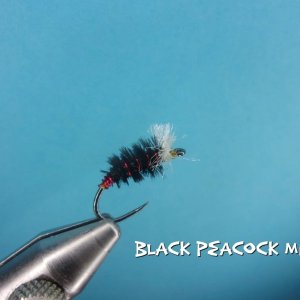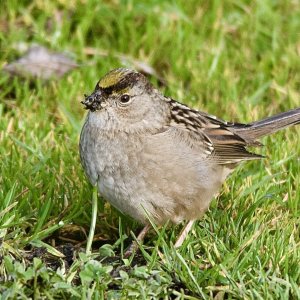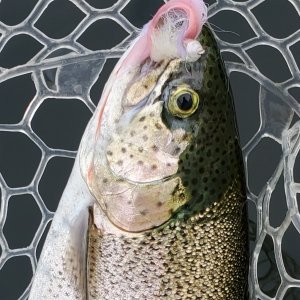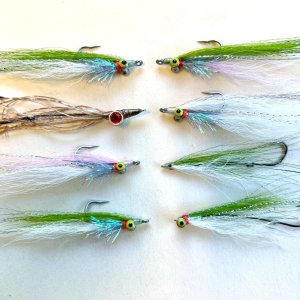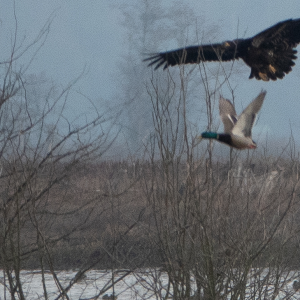Over time I've come to realize the caddis is an important insect around here. Duh, right. Underwater I've got a hare's ear I like, a couple softhackles, and that version of LaFontaine's Diving Caddis has been good. I have some sparkle pupa that I got in a shipment from Big Y years ago, and the fish really just seem to ignore them. I've lost all the rust colored ones and most of the cream. The other colors don't anything. I've tried tying a few but before I go much further I'd kind of like to know if others have good success with the Sparkle Pupa and Emerger. Maybe I'm not fishing them right? But really, I think they should be getting bit some more than they do. Maybe time to fork out some money for the caddisfly book.
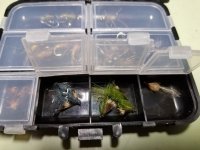

Last edited:

